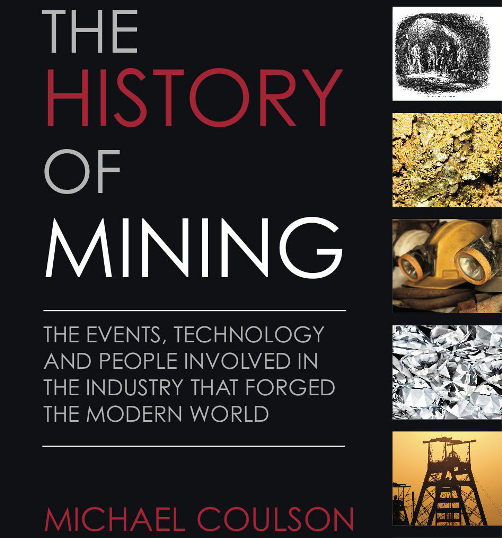What’s in Mark Cutifani’s in-tray
What kind of company will Mark Cutifani inherit? Every move Anglo American makes provokes an intense response from its myriad local stakeholders. This despite its moving its primary listing to London 14 years ago . Rex Gibson reflects on the role mining, and in particular Anglo American, has played in the SA economy.
It may be one of the most inept public relations performances ever by a government not renowned for its PR skills. President Jacob Zuma went to the World Economic Forum in Davos intending to reassure the world that SA welcomed investors in mining. But it appears that nobody told some of his top lieutenants.
A few days before, mineral resources minister Susan Shabangu launched a broadside of remarkable ferocity and insensitivity against Anglo American and its subsidiary, Anglo American Platinum (Amplats). The two culprits had had the nerve to announce their business proposals without talking to her.
Though clearly directed at these two, her bullying approach carried a disturbing message for the industry as a whole: “I’ll show you who’s the boss.” The result was that Zuma felt obliged to repudiate Shabangu, insisting that investors were welcome. But that didn’t do much for the confidence and sense of security of those looking to store their money for the long term in a safe place.
























